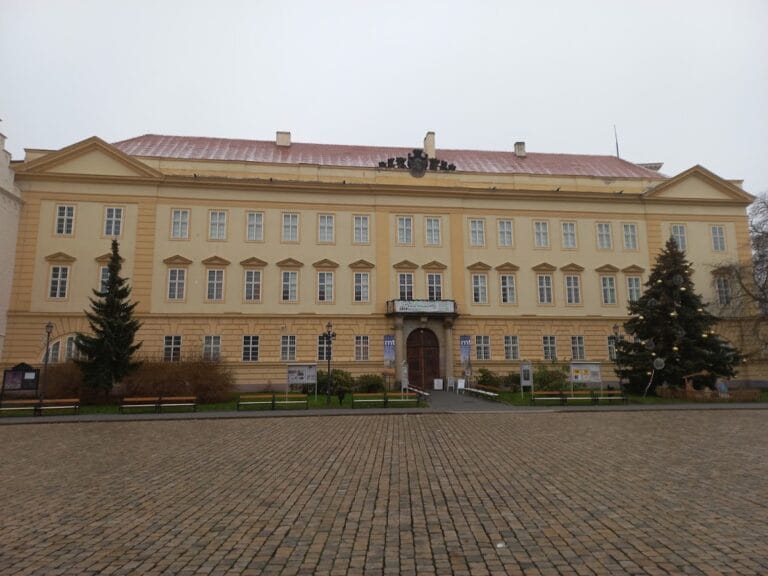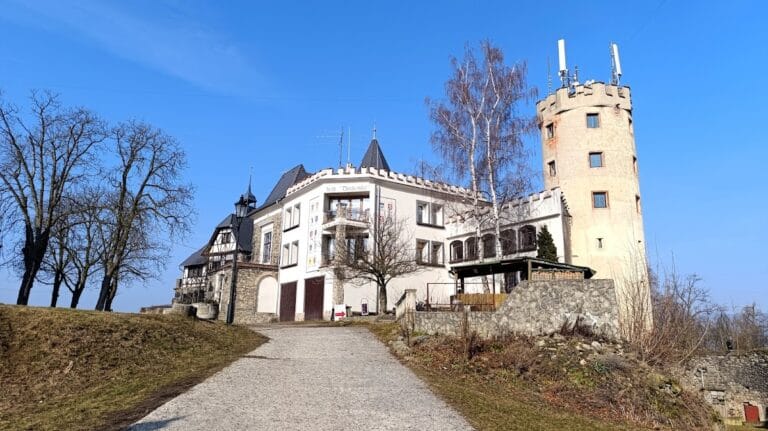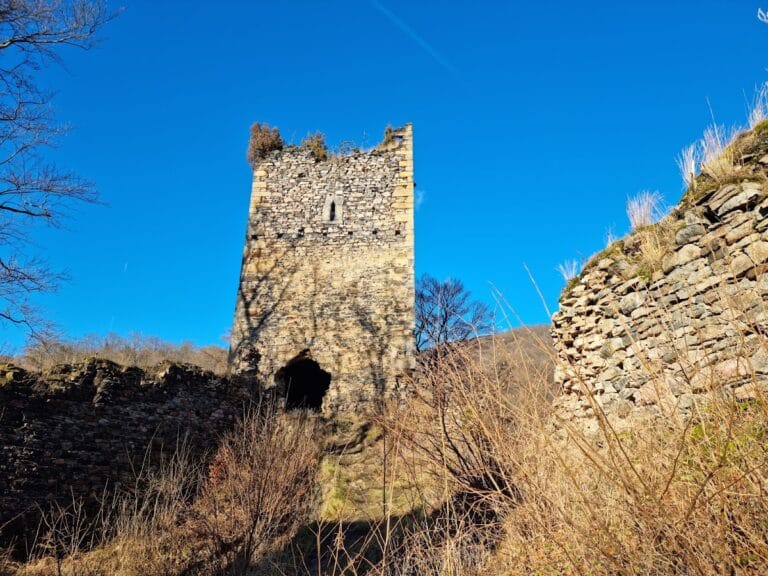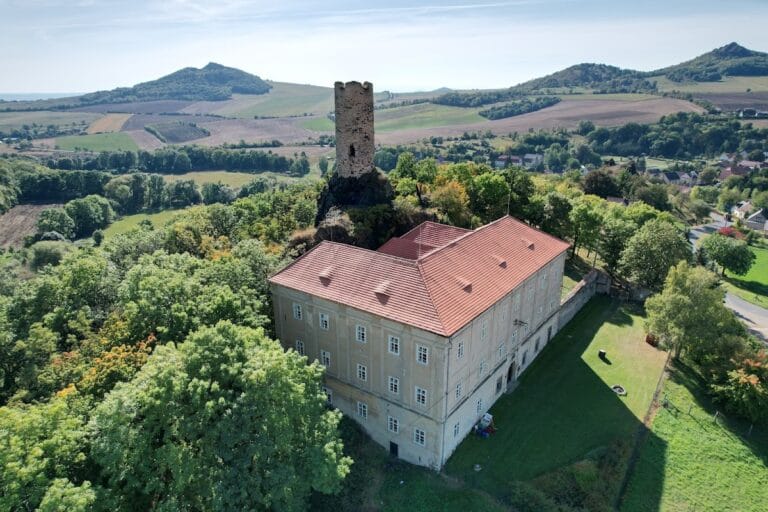Bílina Castle: A Historic Fortress and Baroque Residence in the Czech Republic
Visitor Information
Google Rating: 3
Popularity: Very Low
Google Maps: View on Google Maps
Country: Czechia
Civilization: Unclassified
Remains: Military
History
Bílina Castle is situated in the town of Bílina in the modern-day Czech Republic. It was originally established by medieval builders in the early 13th century, most likely by a noble named Ojíř of Frýdberk. This initial fortress took the form of a Gothic bergfried-style stronghold, replacing an earlier administrative center that had belonged to the Přemyslid dynasty. The castle’s position on a promontory above its current site reflects its strategic importance in the region.
Throughout the centuries, ownership of Bílina Castle changed hands among several noble families. After the founding Frýdberk lineage, the estate was controlled by the Lords of Berg, and later the Janovice and Koldice families. In the early 1500s, the influential Lobkowicz family acquired it and, under Oldřich Felix of Lobkowicz, unified the various holdings of the estate by 1593, solidifying their dominance in the area.
The castle played a role in regional conflicts, notably during the Hussite Wars in the 15th century. In 1421, it was taken by the Prague Union, a faction aligned with the Hussite movement. Subsequently, it operated as a local administrative center under lords who supported King Sigismund of Luxembourg, reflecting its continuing political significance during this turbulent period.
In the late 17th century, Václav Ferdinand Popel of Lobkowicz, an imperial prince since 1670, initiated a major reconstruction of the castle in the Baroque style. Beginning in 1675, this extensive renovation was designed by the Italian architect Giovanni Pietro Tencalla and executed under the direction of Antonio della Porta. The project was considerable in scale and cost, consuming nearly 25,000 Rhine gold coins. The renovated structure was completed by 1682, setting the castle’s appearance for the following centuries.
The Lobkowicz family retained ownership of Bílina Castle until 1945 when it was nationalized after World War II. Following this, the castle served various public functions including housing military units, a local museum, and an archaeological department dedicated to studying the site. After the political changes of 1989, the property was returned to the Lobkowicz family through restitution but was eventually sold to a private enterprise.
Archaeological investigations have been carried out at Bílina Castle, with significant research conducted between 1971 and 2004. These activities have helped to shed light on the castle’s long history and structural evolution.
Remains
The surviving structure of Bílina Castle reflects its evolution from a medieval stronghold to a Baroque residence. The original Gothic fortress likely featured an outer defensive courtyard, known as a bailey, surrounding a core section comprised of a palace and a distinctive round tower called the Red Tower, characteristic of a bergfried design. Among the remaining elements from the late Gothic period is a semi-circular bastion named Manda, positioned within the outer bailey, which served as a defensive projection.
The Baroque transformation resulted in a long, one-story rectangular building, flanked by two corner towers. The northern tower preserves two vaulted rooms from the late Gothic era, showcasing ribbed and cross vaulting techniques typical of medieval masonry. In contrast, the southern tower, completed after 1813, contained official residential apartments.
Inside, the castle’s layout includes two parallel rows of chambers on each floor, separated by a heated corridor that would have provided warmth throughout the living spaces. Vaulted rooms remain visible in various parts of the building, highlighting the craftsmanship of earlier periods that was retained through successive renovations.
In 1837, a chapel was incorporated into the castle complex, complementing the established castle park and adding a winter garden space beneath the northern tower. The interior also features an Italian-style hall adorned with stucco decorations dating back to the 17th century. Underground, a Gothic cellar was carved directly into the bedrock, alongside vaulted cellars housed within the northern pavilion, demonstrating the integration of functional storage areas within the castle’s design.
In the 19th century, Bílina Castle was adapted to accommodate a museum. Among the collections was a mineral exhibit assembled by the notable geologist F. A. Reuss, indicating the castle’s role in preserving local natural history.
Since 1964, the castle has been officially protected as a cultural monument by the Czech Republic, recognizing its historical and architectural value under catalog number 1000155386.







